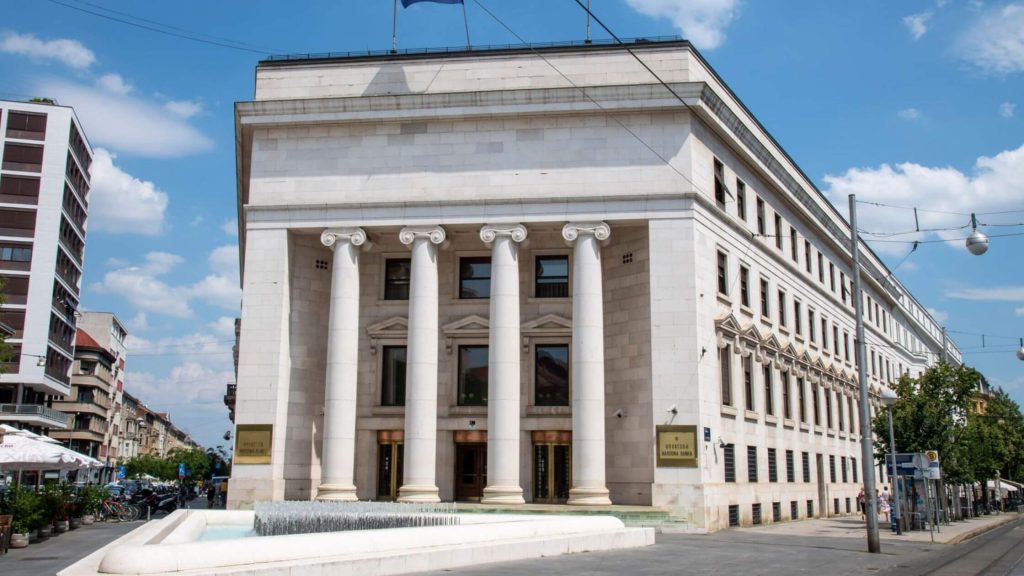The economy continued to grow in the last quarter of 2021, albeit at lesser intensity than previously in the year, with industrial production increasing, while the real retail turnover and construction stayed at Q3 levels, the HNB said in a press release.
In Q4 2021, employment continued to increase while the unemployment rate dropped, making their levels better than before the pandemic. Nominal pay growth also continued to accelerate, while inflation resulted in a decrease of the real pay average.
In December, the annual inflation rate increased to 5.5% from 4.8% in November. Higher food prices contributed the most to that. Together with energy prices, they are increasingly influencing inflation.
The continuation of expansionary monetary policy continues to stimulate the fall of banks’ interest rates. Keeping interest rates on the money market at zero is accompanied by a mild increase in sovereign bond yields.
At the end of last year, bank lending increased 3.9% year on year, just as it did at the end of 2020. Household lending went up from 2.1% in December 2020 to 4.5% last December, primarily as a result of a strong increase in housing loans. Corporate lending decreased from 5.6% to 2.3%.
Although a strong economic recovery enabled a gradual revocation of government aid to businesses, new waves of the pandemic continue to cause problems in global supply chains, stimulating price growth.
Hence, there is a prominent risk of long-term inflationary pressures and higher inflation than currently forecast, which could prompt a faster and stronger tightening of the monetary policies of the largest monetary markets’ central banks.
Increased volatility on financial markets at the start of this year is reflected in uncertainty about inflation trends, the evolution of monetary policies and expected interest rate growth.
Residential real estate prices increasingly further from fundamentals
Last year saw a strong increase in housing loans in Croatia as well as residential real estate prices, which went up to 9% in Q3. Those prices are moving further and further from long-term trends and macroeconomic fundamentals, increasing the risk of their fall in case of economic disruptions.
Increased household borrowing is accompanied by relatively mild borrowing standards which again this year, will be supported by government subsidies. These may, at the start of the repayment period, pose a smaller burden on borrowers but when the subsidies expire, they increase repayment costs as well as vulnerability to possible shocks.
In response to the continued accumulation of cyclical systemic risks, notably the rise in residential real estate prices and housing lending, the HNB has announced increasing the countercyclical capital buffer rate for Croatia from 0% to 0.5% as of 31 March 2023.
The aim is to set aside additional capital in time in order to boost the resilience of credit institutions to possible losses due to cyclical risks, the press release said.
For more, check out our business section.











